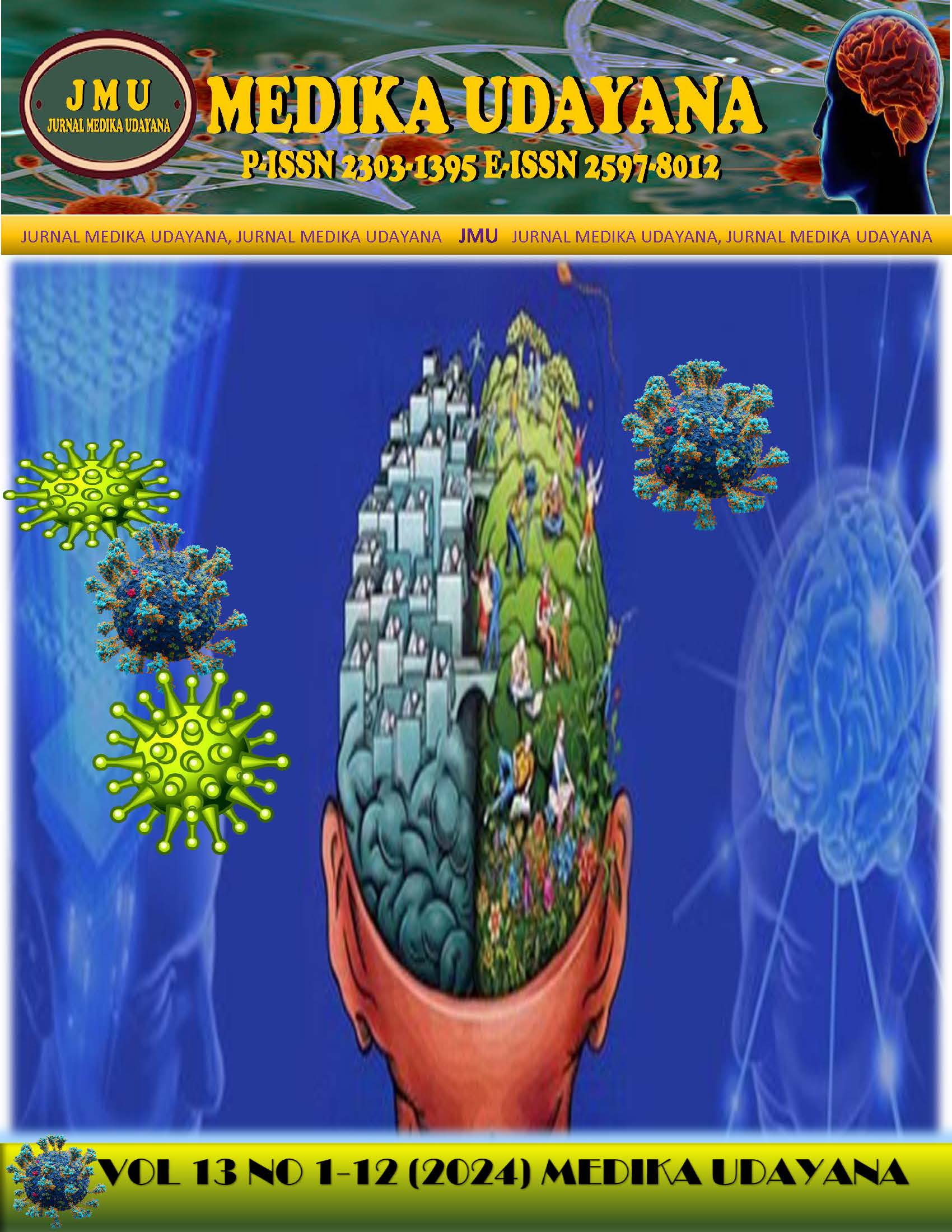Effectiveness of Tea Twig (Camellia sinensis) Liquid Smoke as an Antiseptic against Microbes In Vivo and In Vitro
Abstract
Transmission of disease-causing microorganisms to humans can occur directly or indirectly. Efforts to prevent disease transmission can be done by using antiseptics, but the use of antiseptics can cause side effects, so other alternatives are needed. The content of compounds in the liquid smoke of tea twigs can be potential as an antiseptic. The purpose of this study was to determine the effectiveness of tea twig liquid smoke as an antiseptic against microbial growth in vitro by using the inhibition test and in vivo using the swab test method on the palm of the hand. The results of the in vitro test showed that the inhibition zone of tea twig liquid smoke (Camellia sinensis) on the growth of Escherichia coli ATCC 25922, Staphylococcus aureus ATCC 25923, Aspergillus flavus ATCC 9643, and Candida albicans 10231 the most effective results were in grade 2 liquid smoke with a concentration of 75% with inhibition zone diameters of 18.1 mm (E. coli), 15.6 mm (S. aureus), 32.3 mm (A. flavus) and 4.3 mm (C. albicans). In vivo test results show the effectiveness of decreasing the number of growths on bacterial colonies on average by 88.33%, while the results of the effectiveness of decreasing the number of fungal colonies on average are 91.52%. From the questionnaire data as a whole, it was found that 66% of correspondents liked the smell, 70% liked the color, 92% liked the dryness, and 92% of the correspondents did not cause side effects on the skin such as itching, burning or burning from the liquid smoke of tea twigs 75%. Based on the results of the research above, it can be concluded that the liquid smoke of tea twigs (Camellia sinensis) has the potential as an antiseptic.











